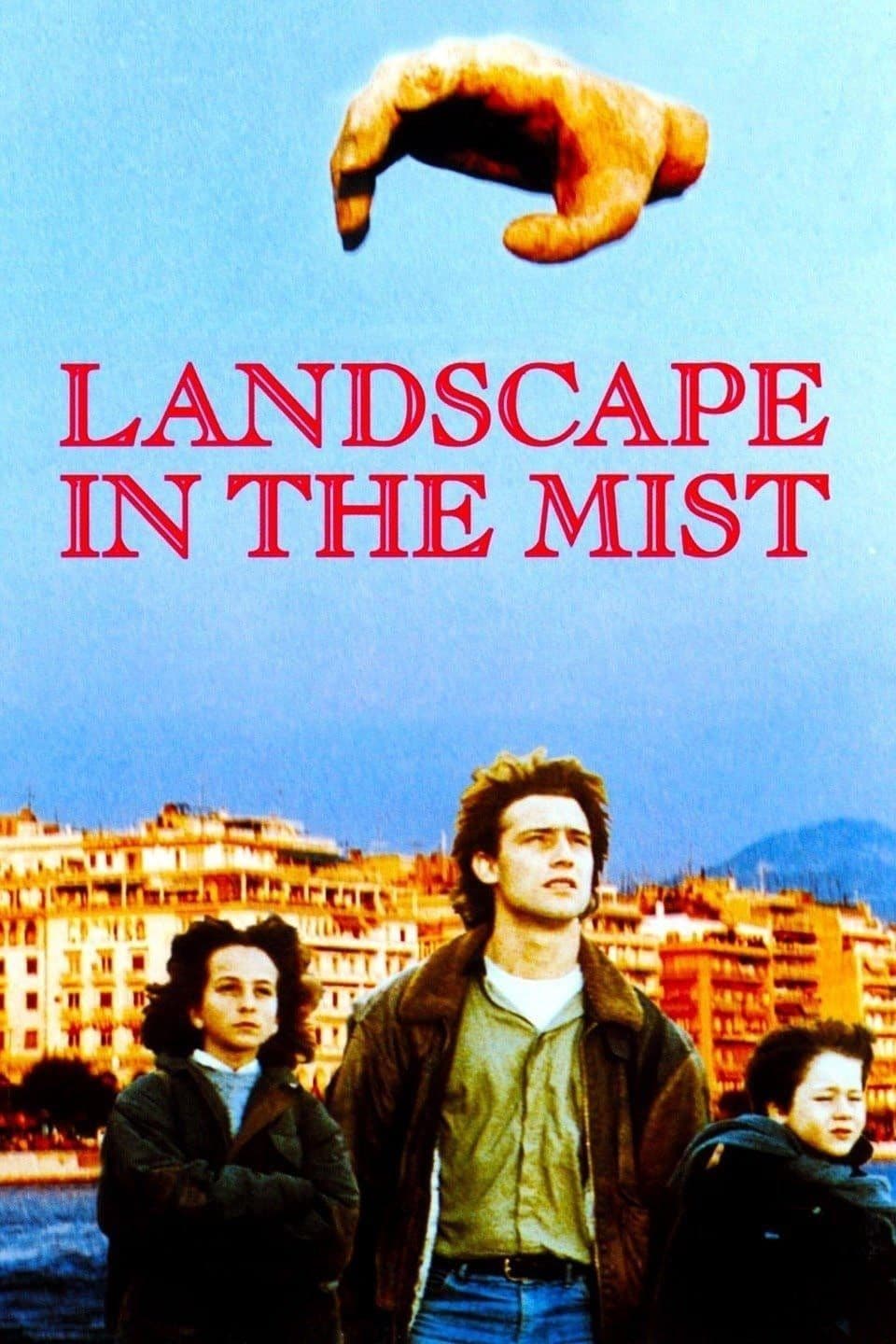
Landscape in the Mist
1988
Rate this movie
Average: 0.00 / 5
(0 votes)
Director
Rarefied and uncertain, as its title semantically suggests, this film by the Greek director Angelopoulos lends itself to various interpretations. Its elusive nature is not merely a distinctive feature, but a fundamental cornerstone of Angelopoulos' poetic style, a veil of mist that envelops both the external landscape and the souls of its characters and the story itself, inviting the viewer to active hermeneutic participation. It assertively establishes itself within the filmography of a master of the Seventh Art, recognizable from its very first frames for its unmistakable contemplative style, its long takes, and an almost liturgical rhythm that gracefully evades conventional narrative urgencies.
There is undoubtedly the element of the road movie, but stripped of any adventurous or didactic rhetoric; it is not the celebration of freedom on four wheels in the American style, but rather a journey of painful and inevitable self-discovery and discovery of the world. There is the search for one's roots, an existential quest that transcends mere genealogy to inquire into identity, memory, and belonging in a Europe of fluid borders and ephemeral certainties. There is the Beckettian theme of the sequential loop intertwined with an endless search, an odyssey of hope and disillusionment in which the longed-for objective proves to be a mirage, an indefinite point on the horizon that ceaselessly recedes. This evocation of Beckett is not purely literary, but manifests itself in the desolation of the landscapes, in the atavistic and silent waiting, in the almost ritualistic cadence with which events unfold without leading to a real resolution, leaving the young protagonists in an almost metaphysical suspension. And finally, there is the intimacy of a familiar lexicon, a primordial emotional core that resists and defines itself in the crucible of adversity, a fraternal bond that becomes the only beacon in an otherwise indifferent or hostile universe.
The story is that of Voula and Alexandros, two children, brother and sister, who embark on a journey across Greece to reach their father in Germany. But the parent does not actually exist; their mother took it upon herself to tell them a compassionate lie about it. This foundational lie elevates their wandering from a mere physical journey to a true allegory of the search for a lost or never-existent identity, for an absent parental authority, perhaps even a divine one. The absent father is a recurring topos in Angelopoulos' cinema, often a metaphor for a fragmented nation, an unresolved history, an uncertain future. The children, in their candid resilience, become explorers of a universal human condition, suspended between innocence and a maturity imposed by the cruelty of reality.
During their journey, the two children will encounter strange characters and situations bordering on the surreal, almost fleeting epiphanies of a varied and at times desperate humanity. From the truck driver who offers them rides and temporary protection, to the regiment of melancholic soldiers, to the traveling theater company, each encounter is a piece that adds complexity to the mosaic of their journey. These characters, often marginal and enigmatic, offer glimpses of authentic humanity, but also of loneliness and resignation, in a country that itself seems to be in transit, hovering between myth and unfinished modernity. The situations bordering on the surreal are never an end in themselves, but organically integrate into the narrative fabric, amplifying the film's dreamlike and allegorical dimension. Consider the tree that, torn from the ground by a helicopter, crosses the sky like an Edenic and painful vision, a symbol of uprootedness and violated nature, yet simultaneously a bearer of ancestral hope.
The film is structured around striking figurative moments that alternate, lending a powerful suggestive force to the narrative. Angelopoulos doesn't narrate, he paints. His shots are moving canvases, composed with such mastery as to render every frame independently significant. Many scenes, thanks to this iconographic vigor, linger long in memory after viewing: like the sequence of the traveling players (a theme dear to Angelopoulos, to whom he dedicated an entire masterpiece such as The Travelling Players) performing a timeless drama before a leaden sea merged with the horizon. That scene is a vertigo: a theater of the absurd staged on the boundary between land and water, between finite and infinite, where art becomes the last bulwark against the chaos of the world, but also an echo of stories and sufferings that repeat cyclically. The camera moves slowly, almost like a divine observer, capturing the melancholic beauty of vast and desolate landscapes, imbued with a deafening silence broken only by diegetic sounds and evocative music (although not composed here by Eleni Karaindrou, her absence is filled by an equally powerful sound atmosphere). Every shot is a distillate of time and space, where depth of field and rigorous composition reveal layers of meaning, inviting the viewer to a visual meditation rather than passive consumption. The pouring rain, the fog swallowing the train, the faces marked by the journey – every element contributes to creating a coherent and deeply emotional visual universe.
Written in collaboration with the great Tonino Guerra, the film is of a delicate and melancholic beauty: a poetics of small things confronting large existential questions. Guerra's influence, a refined screenwriter and poet, is palpable in his ability to infuse lyricism even into the crudest situations, to capture dignity in the ordinary and universality in detail. It is the "poetics of fog" itself, which does not conceal but reveals, purifies and abstracts, allowing the contours of reality to blur into an atmosphere of dream and reflection. Landscape in the Mist thus stands as a modern elegy on lost innocence and the tenacity of hope, an inner journey that, despite the bitter truth of the non-father, culminates in one of the most indelible and moving images in cinema history: the embrace of the two siblings beneath the tree at sunrise, an oasis of life and rootedness found at the end of an odyssey of uncertainty, a silent testament to the resilience of the human spirit.
Genres
Gallery
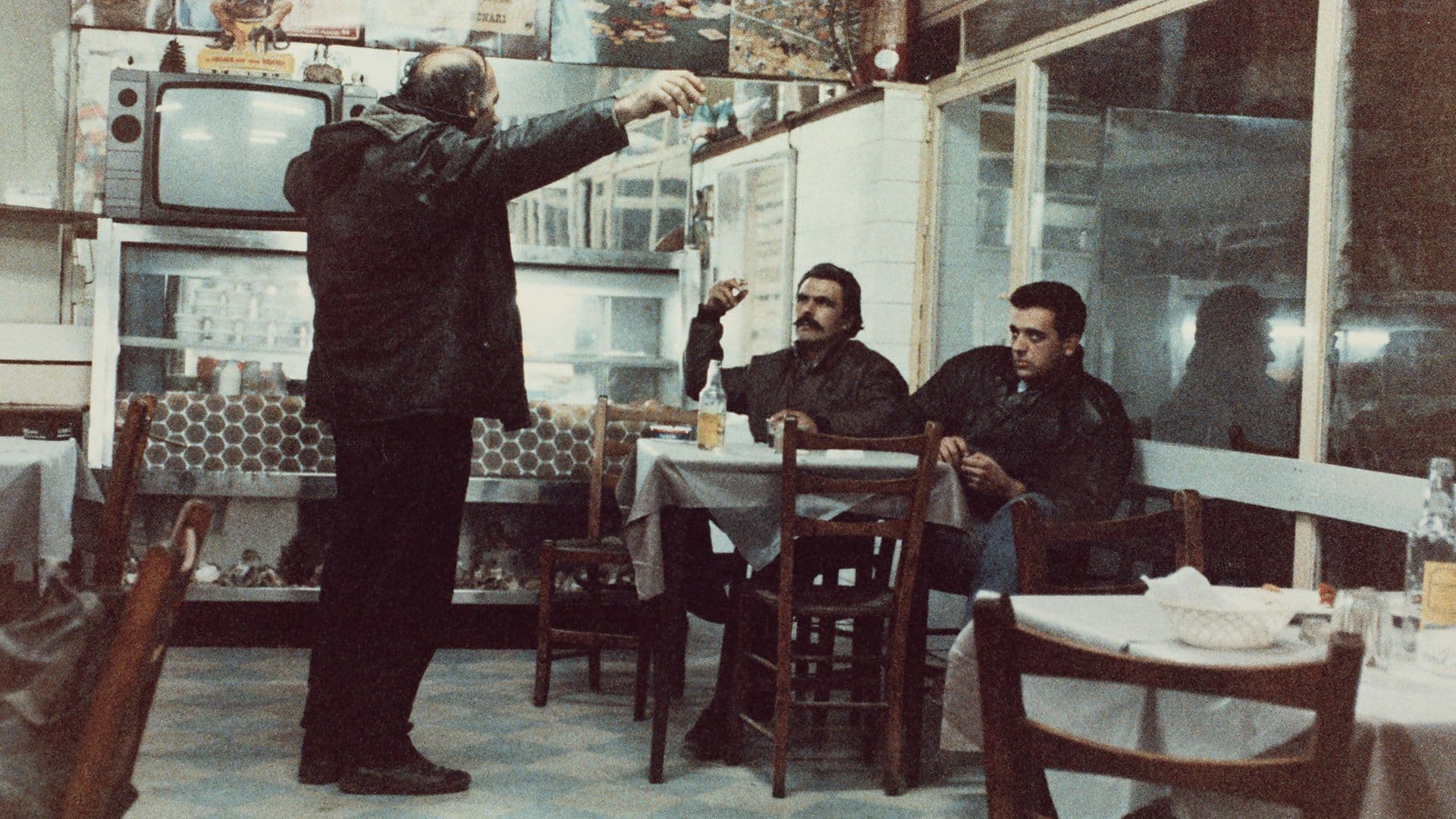
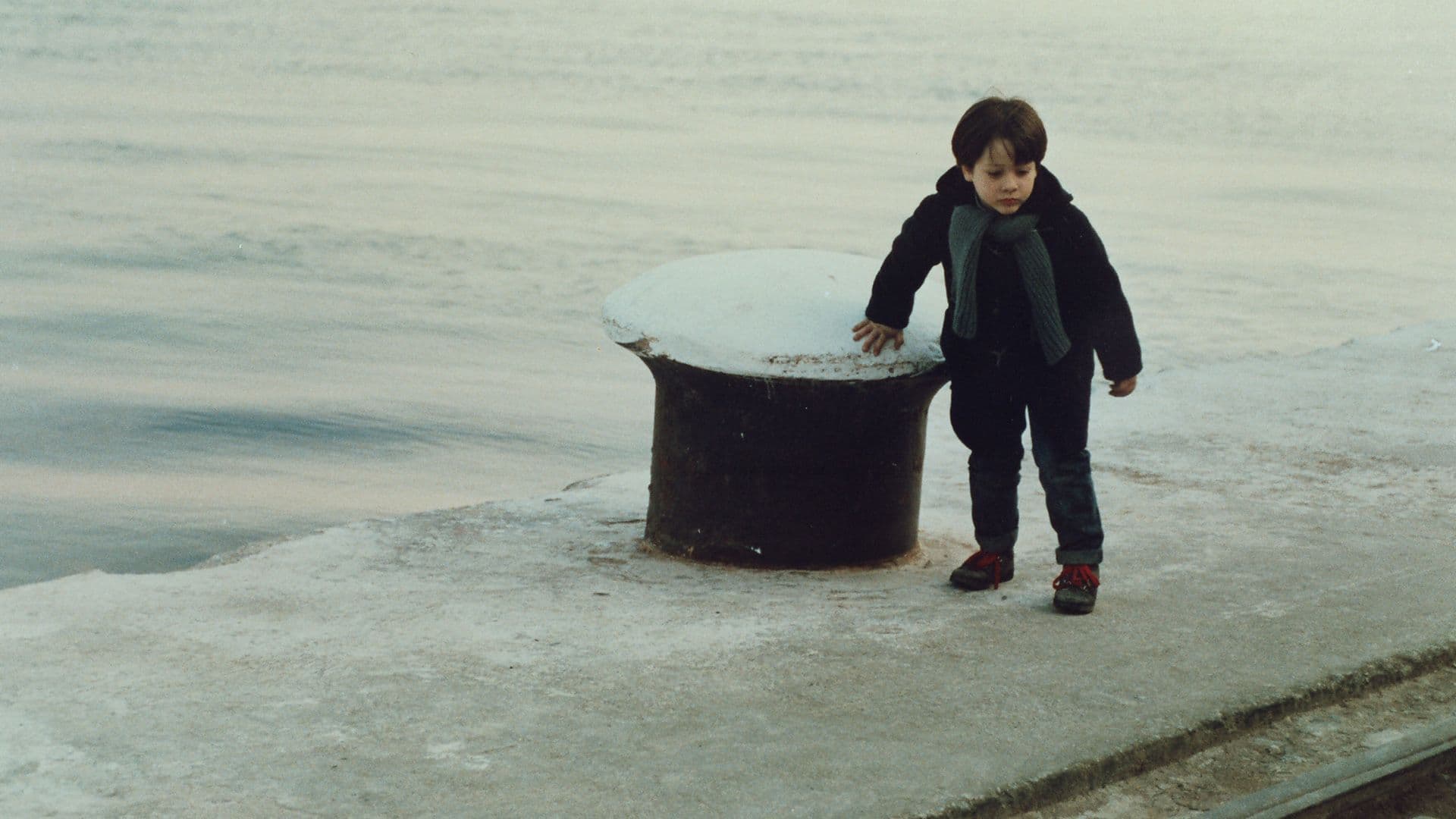
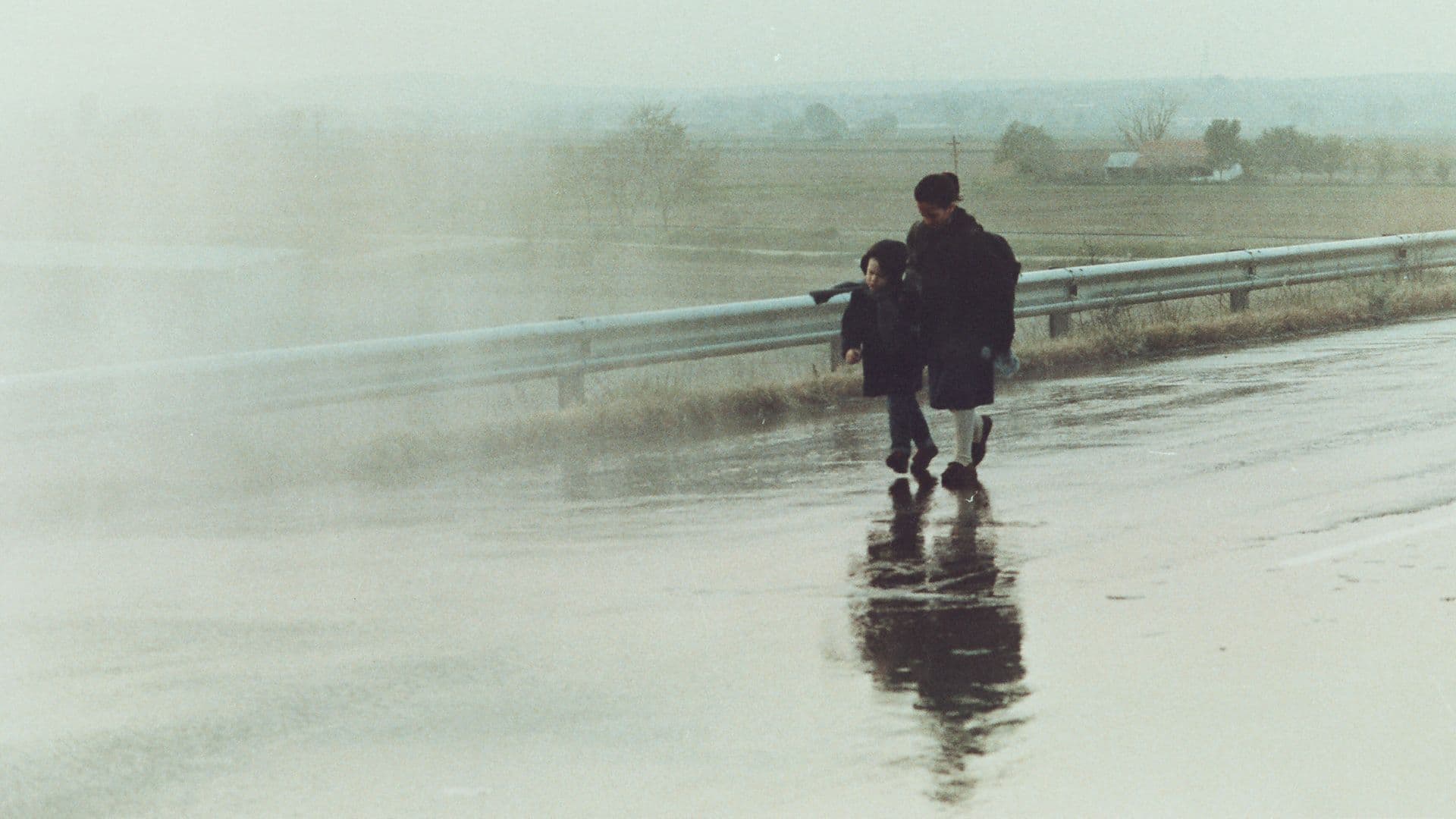
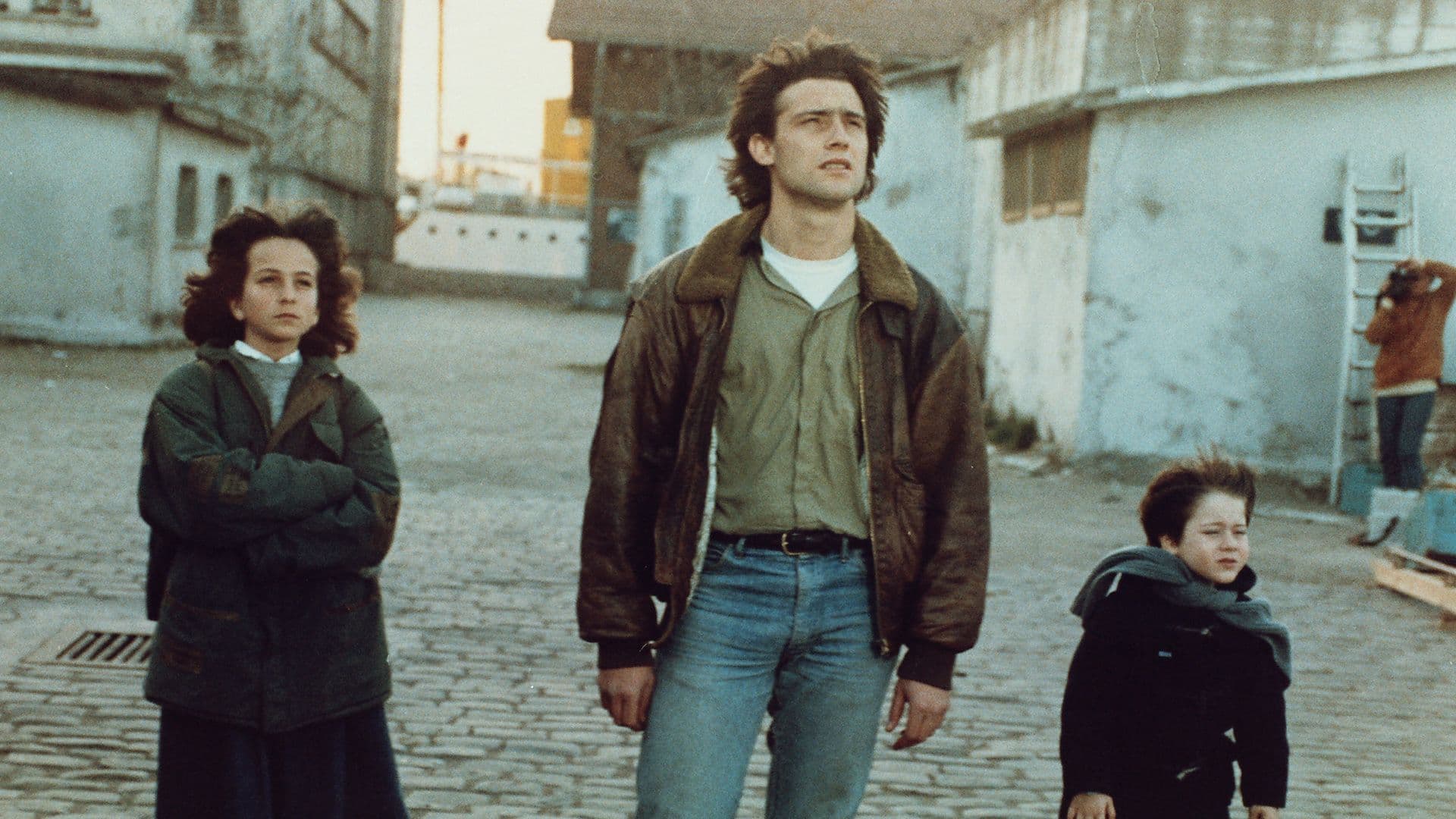
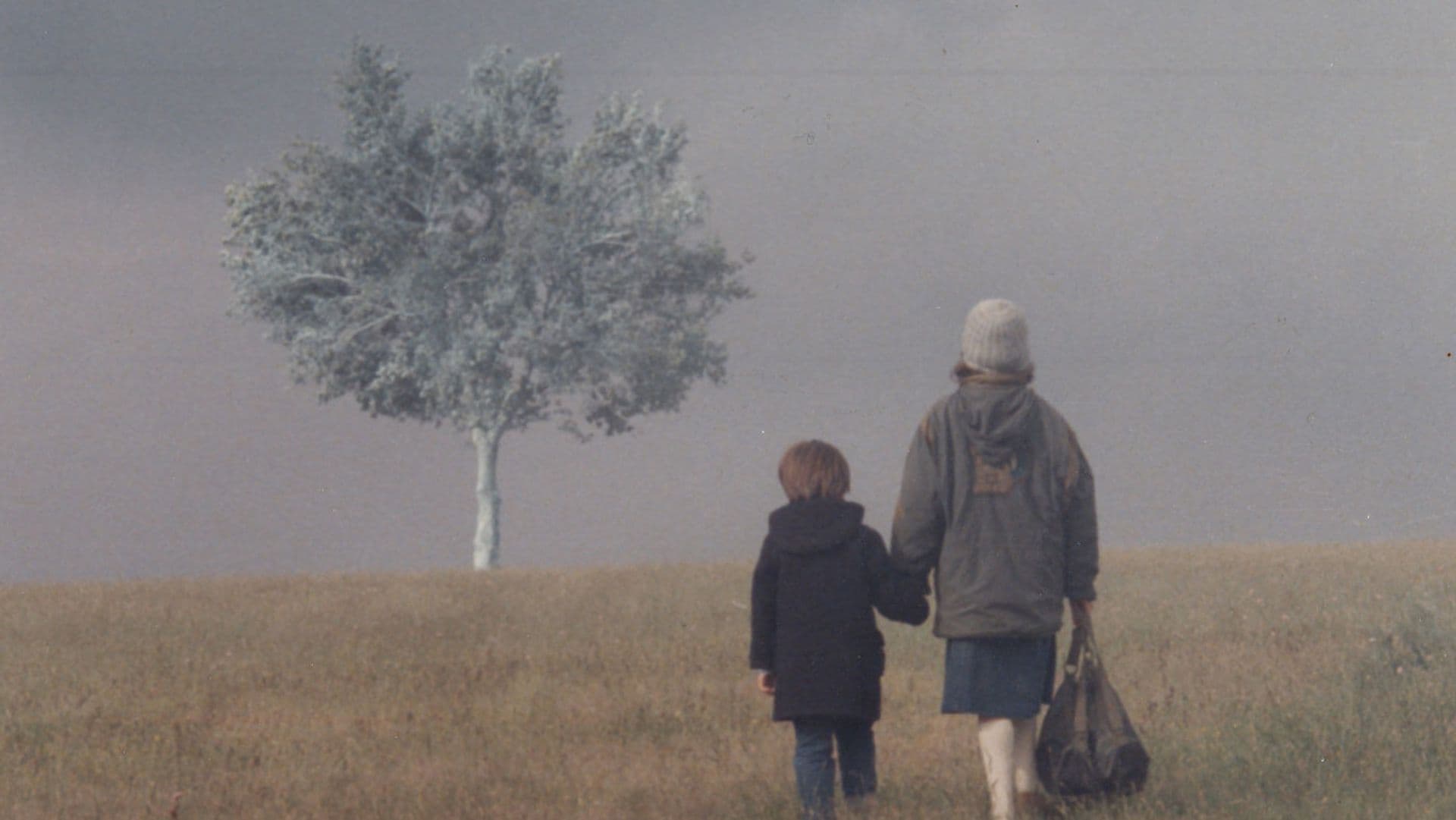

Comments
Loading comments...